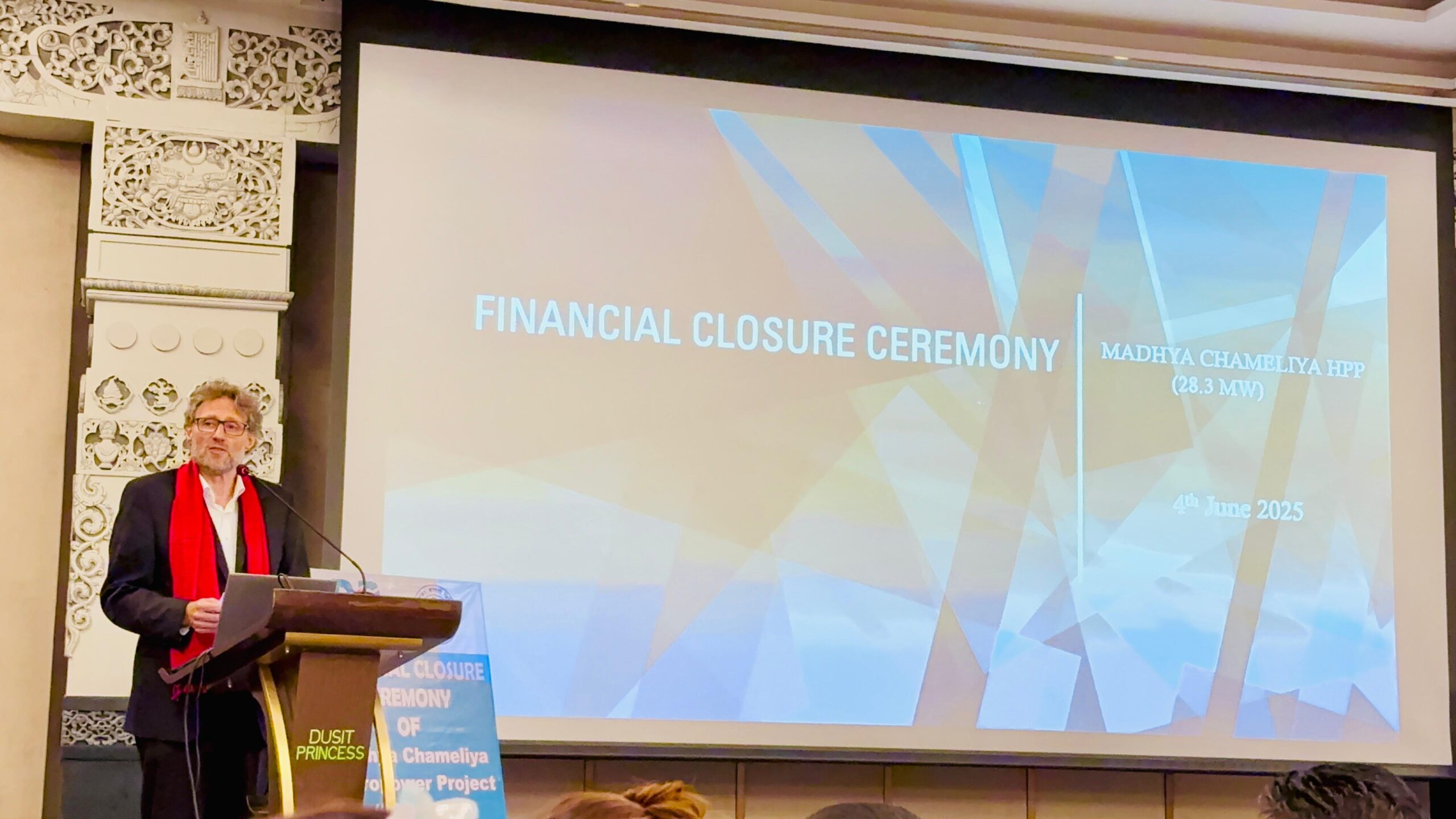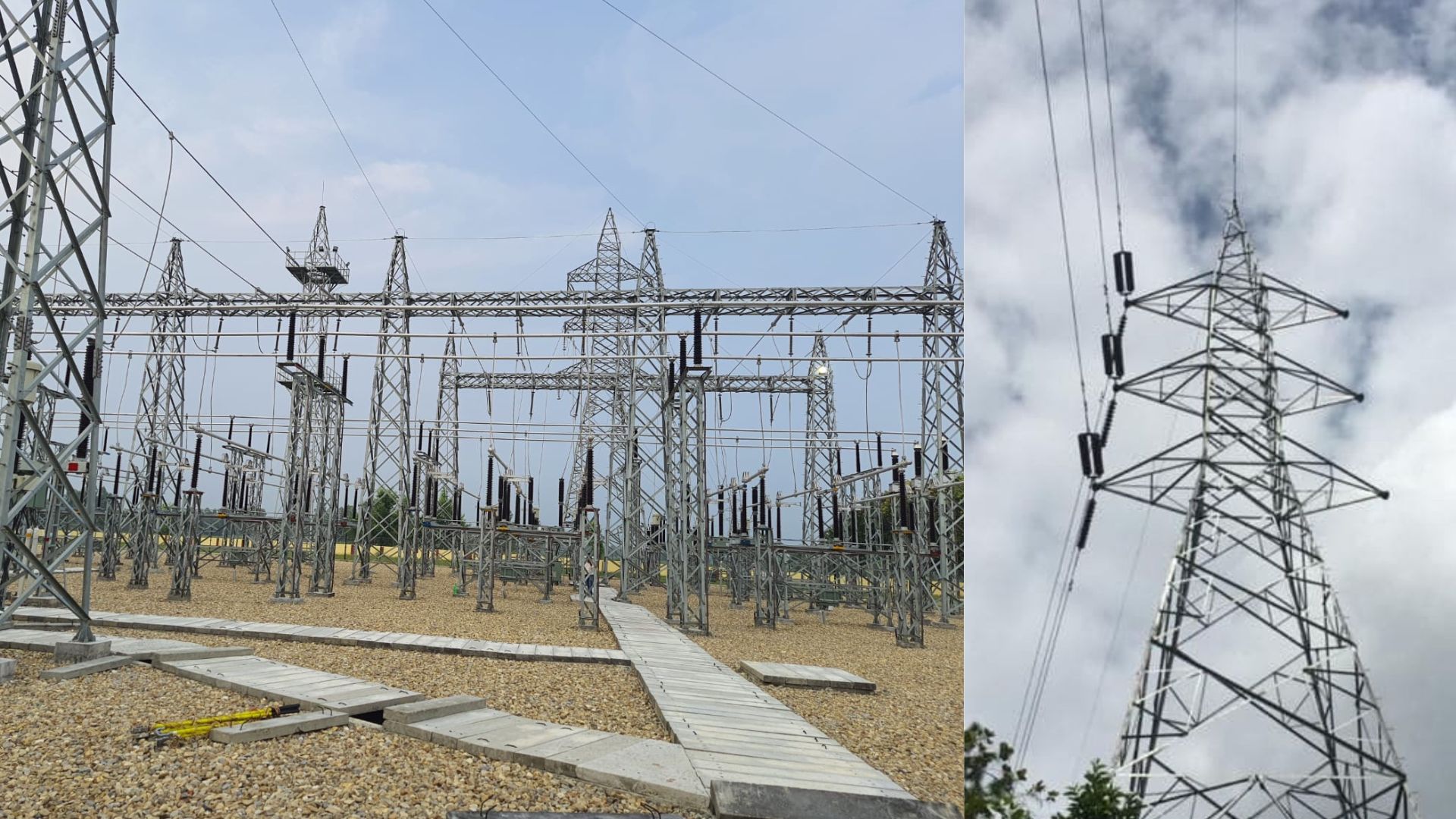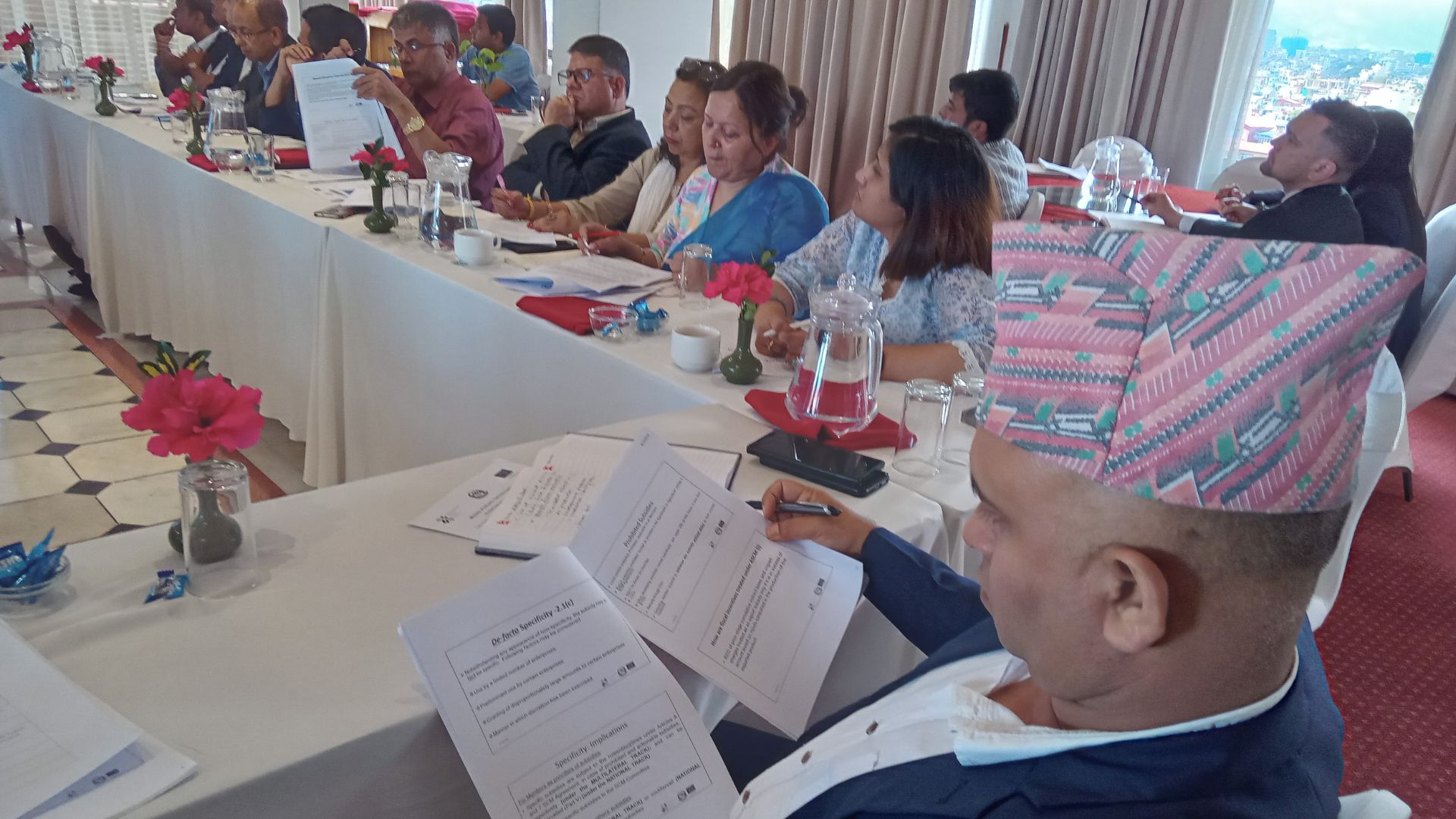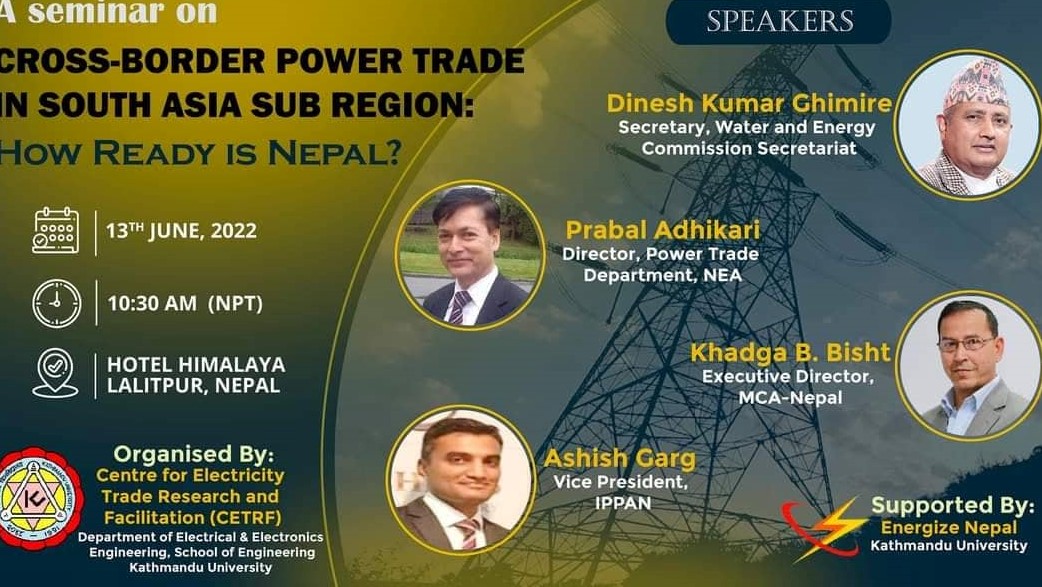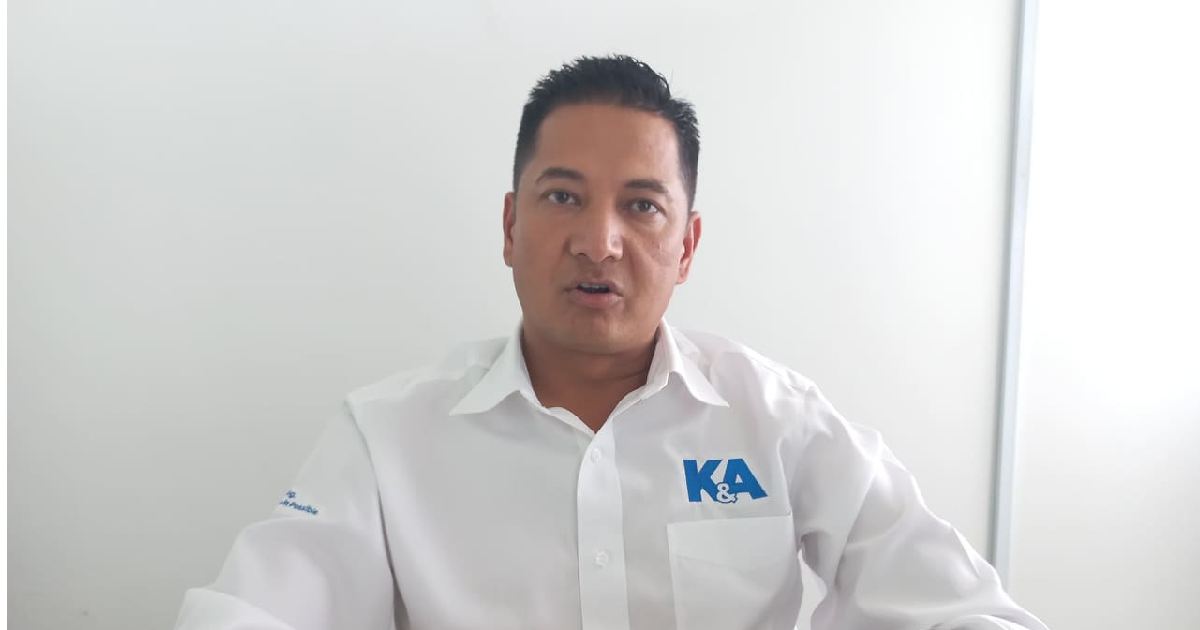
 Nepal is wedged between China and India, the world’s largest markets that can be lucrative markets for Nepali products. Even if Nepal is a small economy, the issue of how to be competitive in the international market is significant. We need to identify where we can compete. How to reduce the cost of producing goods or services has been dominating various discussions. However, the rising trade deficit is a long-standing problem.
Nepal is wedged between China and India, the world’s largest markets that can be lucrative markets for Nepali products. Even if Nepal is a small economy, the issue of how to be competitive in the international market is significant. We need to identify where we can compete. How to reduce the cost of producing goods or services has been dominating various discussions. However, the rising trade deficit is a long-standing problem.
The Confederation of Nepalese Industries (CNI) states the main obstacle to our country is the inability to deliver the required trade infrastructure in time. However, there are other obstacles preventing the market from becoming competitive. If we compare the cost of transporting goods from Europe to Calcutta with the cost of bringing them from Calcutta to Kathmandu, the cost of shipping to Kathmandu is higher. There is a similar imbalance in air transport. It is directly making our daily living more expensive. As transportation is more expensive, it pushes up consumer spending. Low investment in critical infrastructure in our country is very low. A study by the World Bank concludes that Nepal needs investment worth 8 to 12 percent of its Gross Domestic Product (GDP) on infrastructure development.
However, Nepal has been investing in infrastructure to the tune of a maximum of 4 percent of the GDP. On the one hand, there is a constant problem that the budget allocation is low and the expenditure of the allocated budget is even lower. Moreover, the results of infrastructure projects are not significant and impactful leading to insignificant achievements. Realizing the fact that infrastructure is a vital component in national development, the CNI organized the first ever infrastructure conference on 11-12 November 2014 with the theme of ‘Accelerating Investment in Infrastructure. For the development of the infrastructure sector, investment can be raised in two ways, private and government. The government invests not only in infrastructure but also in other sectors.
Low investment in critical infrastructure in our country is very low. A study by the World Bank concludes that Nepal needs investment worth 8 to 12 percent of its Gross Domestic Product (GDP) on infrastructure development.
Issues such as education and health should also be looked at. To increase the overall index of the country, all sectors should be given equal priority. Meanwhile, the government’s investment in the development of the infrastructure sector has been low. In the first conference, we also raised the issue of how Public-Private Partnership (PPP) can be promoted and how it can be made possible to make private sector-friendly PPP arrangements. However, compared to other projects, hydropower is certain to generate revenue despite various challenges.
First Infrastructure Conference
The first infrastructure conference was held in Kathmandu for two days. It helped to create an atmosphere of trust between the private sector and the government. Until then, there was a mentality that the infrastructure sector was completely the function and jurisdiction of the government. At that time, the private sector also came to invest in infrastructure. Moreover, private sector investment in infrastructure is not for 3 years or 5 years, but for 30/40 years.
There was also a suspicion in the private sector that the government was responsible for giving the project during the period of time. Unforeseen problems were seen in infrastructure projects, and how to facilitate them was also important. Therefore, in a country like ours where the government is changing, the issue of credibility of the government is important as a lesson of the first conference.
Similarly, the issue of currency risk that comes with foreign investment, acquisition of and for infrastructure projects, and the participation of local people in it was also a learning experience. Until then, the community did not have a supportive role in the project. There was an atmosphere of non-cooperation towards the project as well. Now it seems that they are gradually showing their cooperation.
Transmission line issues, land acquisition, and compensation, the environmental impact of the projects, and the promotion of the PPP projects are among the dominating topics at the first conference.
Unforeseen problems were seen in infrastructure projects, and how to facilitate them was also important. Therefore, in a country like ours where the government is changing, the issue of credibility of the government is important as a lesson of the first conference.
In addition, the issues of working with the government to build mutual trust and promoting healthy competition within the private sector were also among the key agendas. Following the first conference, the government introduced the ‘Public-Private Partnership Policy 2015’ which attempted to address some issues related to infrastructure development. The establishment of the Nepal Infrastructure Bank was also the result of the first conference, which highlighted the necessity of a dedicated bank for infrastructure financing. However, it is not our claim that the Nepal Infrastructure Bank was established today because we raised our voices, but our advocacy was necessary. As important topics were raised in the conference through the interaction between officials at the policy level of the government and private sector, these topics are having an impact in the following days.
In 2015, a great earthquake hit the country. Since some work was done on the infrastructure, some support work was done at that time as well. After the earthquake, we published ‘Relief Rehabilitation Guidelines. After the first conference, we established an ‘Infrastructure Cell’ in the CNI. Apart from that, we emphasized the importance of protecting the environment and biodiversity while working on infrastructure. Based on this, we prepared the study report.
Second Infrastructure Conference
We organized the second infrastructure conference on 19-20 February in Kathmandu. After the success of the first conference, we were excited to hold the second conference. It succeeded in setting a standard. Realizing the need for such conferences, the government also started the investment conference project. The government organized an investment conference on a grand scale to attract investment not only in infrastructure but also in all sectors including infrastructure.
In the second conference, the theme ‘Private Sector is an Indispensable Partner’ was coined for the development of the infrastructure sector. At this conference, we emphasized that the private sector should not be a companion in development and we should take it along. We emphasized the need for a long-term strategic plan for infrastructure development as the main achievement of that conference. The issue was raised that the work done in a decentralized manner in infrastructure development does not give concrete achievements. Similarly, if we make a 10-year, 20-year, or 30-year plan and vision for infrastructure, all subjects will be connected to it and infrastructure development will also be accelerated.
In addition, resources can be allocated, various professions can be developed and the overall private sector will be developed. It also speeds up the overall process. It was emphasized that major infrastructure projects needed in the country should be known now for the year 2050. Similarly, the topic of promoting PPP, how to facilitate foreign investment, and developing the capacity of the investment situation was also raised. The capacity building became an important topic at the conference especially when the allocated resources could not be spent.
Realizing the need for such conferences, the government also started the investment conference project. The government organized an investment conference on a grand scale to attract investment not only in infrastructure but also in all sectors including infrastructure.
The Investment Board Nepal was a partner from the beginning. However, even if some investors came to the conference to express interest to invest, the topic of the project came up. Till then we didn’t even have a list of projects. We had some project names. However, its preparation and minimum pre-feasibility study were not done. Therefore, with the help of the IBN, they were able to prepare some projects and make presentations about investment opportunities. I could tell you about the potential for infrastructure investment at the conference.
Third Infrastructure Conference
How much should we invest in the country before the third infrastructure conference? How many resources do we have available? And how much is the investment gap? We did our homework. In this regard, even if the World Bank or the Asian Development Bank (ADB) studies globally or regionally, they do not focus only on Nepal. Therefore, even in such reports, Nepal is not studied in detail. After that, we thought that we were able to prepare a report of the same level or even better on behalf of the CNI.
In particular, we studied four areas namely energy, transport, urban development, and drinking water and sanitation. We developed the report ‘Nepal Infrastructure 2030: Investment and Financing Needs’ which covers the country’s infrastructure needs by 2030 and highlights the five-year plan and Sustainable Development Goals (SDGs), the status of identified projects, and investment needs in the country. The report was released at the third infrastructure conference.
The CNI prepared the report using a ‘top-down’ and ‘bottom-up approach. By the year 2030, we mentioned in the report how many roads, how much electricity, how much and how much urbanization, what to do about water supply, and how much it would cost to do that work. The report reckoned that Nepal needs to invest USD 16 to 20 billion annually.
The earthquake happened before that, its impact was seen on the infrastructure, as the SDGs also had to be revised, the focus was on how to make the infrastructure strong, resilient, and sustainable. The theme of the third infrastructure conference was ‘Resilient Infrastructure for Sustainable Development. This conference was bigger than the past events. However, in terms of content, we continued the topics raised in the previous conferences. Issues such as how to bridge the investment gap, and how to establish good governance were raised extensively. Similarly, by showing the various aspects that can be brought in investment, we mentioned ‘innovative financing’ and showed the various forms that can be brought in investment. We emphasized that a large amount of investment can be brought in by issuing bonds and hedging, for example.
Preparations and issues to be raised at the 4th Infrastructure Conference
Now the world market is declining. In particular, the stock market has fallen by 30 percent on average. This trend is also seen in Nepal. The market went down due to the post-Covid-19 situation. Recently, the world seems to be under stress due to the tension over the Russia-Ukraine war and the issue of Taiwan. In such a situation, we have focused on organizing a conference on the idea that economic growth can be revitalized by investing in the infrastructure sector.
In particular, the focus will be on how to promote economic growth in the post-Covid-19 era. This time the slogan is ‘Infrastructure for Growth’. How is the world progressing globally and regionally at present? How should Nepal move forward? It will be discussed at the conference. Another issue is the lack of inter-commitment as an obstacle to our development. Therefore, to increase investment in our infrastructure projects, we will have to consolidate mutual commitment. This topic has been focused on at the conference.
Recently, the world seems to be under stress due to the tension over the Russia-Ukraine war and the issue of Taiwan. In such a situation, we have focused on organizing a conference on the idea that economic growth can be revitalized by investing in the infrastructure sector.
As we have an inland electricity transmission line, it is now possible to export electricity even if it is in a small amount. It has raised hope for the future. We have emphasized how to improve regional cooperation. In this too, the inter-commitment between the provinces within the country will have to be increased. Now it takes up to 8 hours to cross a 200 km stretch in the country. The issue of taking the necessary initiatives to reduce it will be raised at the conference. Likewise, we have given priority to digital infrastructure and digitally integrated technology. If technology can be integrated into its management, maintenance, service provision, etc., our managerial capacity will increase. Also, it can make a big contribution to the economy.
Similarly, the topic of investment in infrastructure projects will naturally be raised at the conference. This topic was raised with the initiation. And, now the emphasis will be placed on the need to bring in more investment patterns. Clarity is also needed on issues like fraud and hedging. It will help in bringing foreign investment. In the same way, we will tell everyone about the best practices in the world at the conference. Apart from that, there are always problems in service delivery and governance of infrastructures. In addition, what are the wishes of the head of the provincial government and the head of the local government? And, the conference will also discuss the challenges and obstacles that will come in trying to complete it.
Moreover, green infrastructure is now a hot topic all over the world. The issue of building environment-friendly and sustainable infrastructure has been strongly raised after the World Climate Conference. The issue of how a country like Nepal can benefit from what will be raised at the conference. Finally, there is a preparation to raise the problems of industrial infrastructure and private industries. The topic of the special economic sector will also be raised at the conference.


